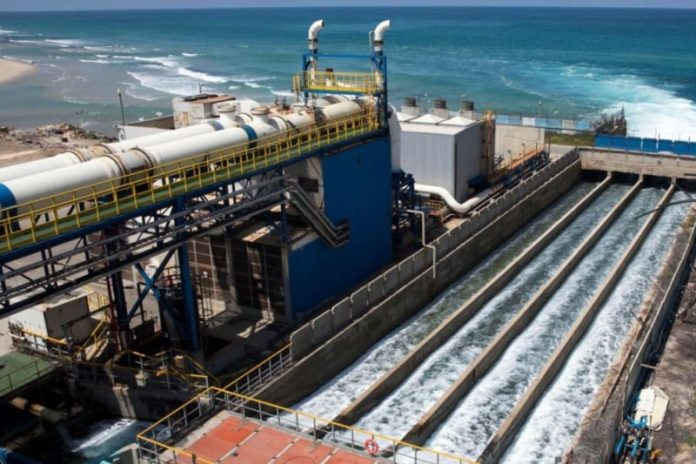In Morocco’s Souss-Massa region, a major infrastructure project launched in 2022 is changing the way communities confront water scarcity. Located in the province of Chtouka-Aït Baha, a large-scale seawater desalination plant is now playing a pivotal role in addressing the chronic water shortages affecting Greater Agadir and surrounding areas. With its high-tech design and forward-looking strategy, the facility marks a milestone in the region’s approach to sustainable water management.
The plant was made possible through a close partnership between Morocco’s Ministry of Agriculture, the National Office of Electricity and Drinking Water, local authorities, and agricultural industry stakeholders. The total investment reached 4.41 billion dirhams, with 2.06 billion allocated to drinking water and 2.35 billion earmarked for agricultural irrigation. The core mission behind the project is to ease pressure on traditional water sources by introducing alternative, reliable supply channels.
Every day, the facility produces 275,000 cubic meters of desalinated water—150,000 reserved for residential use and 125,000 dedicated to irrigating farmland. Much of this water supports the region’s citrus farms, a cornerstone of the local economy. Plans are already underway to explore further expansion of the plant’s capacity in response to growing demand.
Beyond meeting immediate needs, the plant represents a critical step toward protecting underground water reserves, which have been severely depleted by years of drought. According to Ayoub Ramdi, an engineer at the Souss-Massa Regional Office for Agricultural Development (ORMVA), the desalination unit ensures a steady water supply for key urban centers such as Agadir Ida-Outanane and Inezgane Aït Melloul, while also safeguarding irrigation for the farmlands of Chtouka-Aït Baha.
This project is part of a much broader regional strategy to strengthen water security. Other ongoing initiatives include the construction of the Tamri dam in the Agadir region, a new desalination station on Aglou beach intended to serve the city of Tiznit at a cost of 2.7 billion dirhams, and the elevation of the Mokhtar Soussi dam in Taroudant to increase its capacity to 281 million cubic meters.
Emergency measures have also been deployed. These include mobile desalination units, fleets of water trucks, and an uptick in exploratory drilling to locate new groundwater sources.
With drought conditions persisting year after year, the Souss-Massa region is accelerating its efforts to secure long-term access to water. The Chtouka-Aït Baha desalination plant, by serving both urban populations and agricultural zones, has become a cornerstone of this strategy—helping to protect the region’s future in an increasingly uncertain climate.





